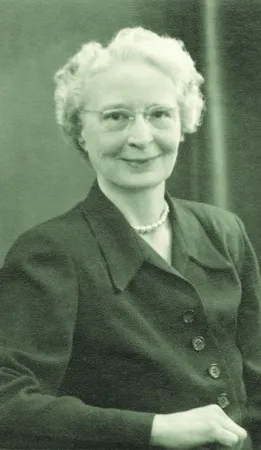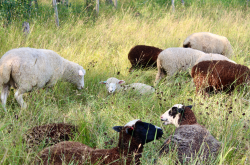End Of Grain Rust
This article was originally written and submitted as part of a Canada 150 Project, the Innovation Storybook, to crowdsource stories of Canadian innovation with partners across Canada. The content has since been migrated to Ingenium’s Channel, a digital hub featuring curated content related to science, technology and innovation.
The fight with blight.
Each of us could only hope to enjoy the definitive professional success of Margaret Newton. In 1925, Canada’s minister of agriculture appointed her to manage the newly opened Dominion Rust Research Laboratory at the University of Manitoba and gave her the task of defeating grain rust. At the time, this pathogenic fungus was a plague of the nation’s harvest, destroying some thirty million bushels of wheat each year. When she retired some twenty years later, that figure was zero. All credit to Dr. Newton. During her career, she wrote more than forty research papers on the subject of rust fungi, a wealth of knowledge that government officials and farmers used to eradicate the blight from Canadian crops. The fight was won.














